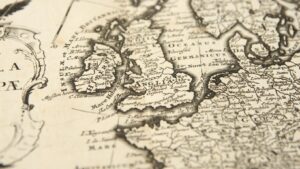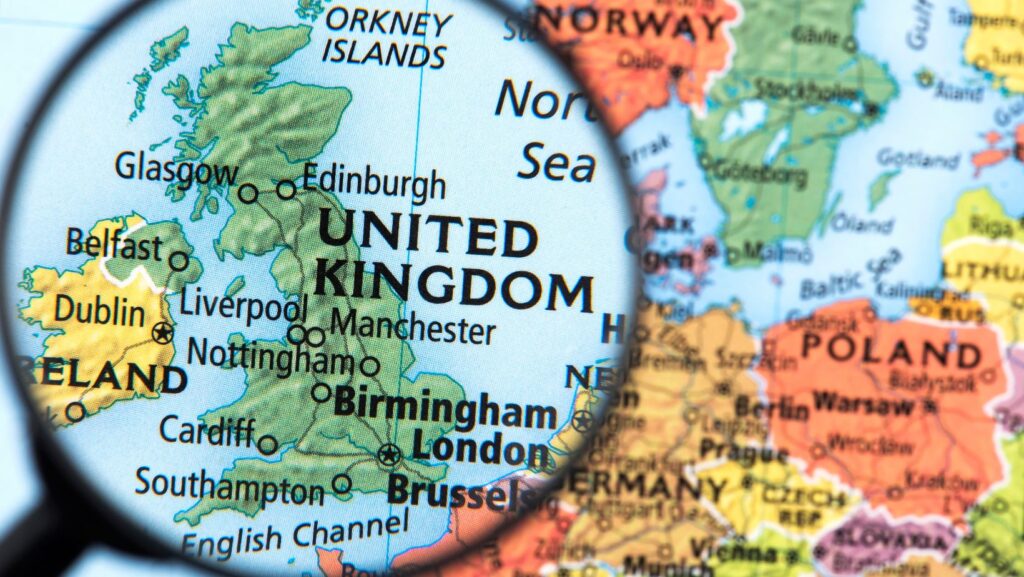Exploring the map of England unveils a rich tapestry of history, culture, and breathtaking landscapes. From the bustling streets of London to the serene countryside of the Cotswolds, England’s geography offers a diverse range of experiences. Each region tells its own story, shaped by centuries of tradition and innovation.
England’s map is more than just a geographical guide; it’s a gateway to understanding the nation’s unique identity. The intricate network of roads, rivers, and railways connects vibrant cities with quaint villages, each boasting its distinct charm. Whether planning a journey through historic landmarks or seeking hidden gems off the beaten path, the map:sltnhc9ao9w= england serves as an essential tool for travelers and history enthusiasts alike.
Delving into England’s map reveals the intricate blend of past and present, where ancient castles stand alongside modern marvels. It’s a journey through time, inviting exploration and discovery at every turn.
Map:sltnhc9ao9w= England
 Map England provides a comprehensive visualization of the country’s geographical layout. It encompasses counties, cities, and natural features like rivers and national parks. The map highlights key transport routes, including major highways and train lines, which facilitate travel across regions, caring about your safety. Through Map England, users can explore the cultural diversity of urban centers like London, Manchester, and Birmingham, alongside the scenic charm of the Lake District and Cornwall. By examining Map England, users gain insights into regional differences, from historical counties to modern administrative boundaries. This tool is invaluable for understanding England’s landscape and planning itineraries, making it crucial for both residents and visitors. Map England continues to evolve, reflecting changes in infrastructure and development, yet consistently offers a gateway to England’s vast and varied terrain.
Map England provides a comprehensive visualization of the country’s geographical layout. It encompasses counties, cities, and natural features like rivers and national parks. The map highlights key transport routes, including major highways and train lines, which facilitate travel across regions, caring about your safety. Through Map England, users can explore the cultural diversity of urban centers like London, Manchester, and Birmingham, alongside the scenic charm of the Lake District and Cornwall. By examining Map England, users gain insights into regional differences, from historical counties to modern administrative boundaries. This tool is invaluable for understanding England’s landscape and planning itineraries, making it crucial for both residents and visitors. Map England continues to evolve, reflecting changes in infrastructure and development, yet consistently offers a gateway to England’s vast and varied terrain.
Historical Map:sltnhc9ao9w= England
 Historical maps of England provide valuable insights into the nation’s past. These maps reveal England’s socio-political evolution by charting territorial changes across centuries. England’s boundaries, as depicted in old maps, illustrate shifts in power like invasions and reforms. For example, the Domesday Book from 1086 offers one of the earliest comprehensive maps of England, detailing landholdings and resources.
Historical maps of England provide valuable insights into the nation’s past. These maps reveal England’s socio-political evolution by charting territorial changes across centuries. England’s boundaries, as depicted in old maps, illustrate shifts in power like invasions and reforms. For example, the Domesday Book from 1086 offers one of the earliest comprehensive maps of England, detailing landholdings and resources.
Cartographic artifacts from the medieval period show England’s regional divisions, highlighting the distinctiveness of historical counties like Yorkshire and Lancashire. Renaissance maps of England display the enhancement of coastal lines and navigational routes, marking advances in maritime exploration. The 16th and 17th centuries saw the rise of more detailed maps, capturing England’s growing urbanization.
In the 18th century, cartographers such as John Speed and Charles Green created exhaustive maps of England, featuring cities, towns, and geographical features. These historical maps of England remain crucial for scholars studying regional history and development.
Modern Mapping Technologies
Modern mapping technologies revolutionize how users perceive England’s geographic landscape. These technologies enhance traditional maps by integrating GPS, GIS, and satellite imagery for detailed visualizations. GPS navigation aids users in real-time positioning, essential for exploring England’s intricate road networks and countryside. GIS enables advanced spatial analysis, offering insights into England’s environmental patterns and urban planning.
 Interactive digital maps allow users to explore England’s cities and national parks with added layers of information, such as historical landmarks or cultural sites. Satellite imagery provides high-resolution images, pivotal for assessing England’s climate effects and geographical changes.
Interactive digital maps allow users to explore England’s cities and national parks with added layers of information, such as historical landmarks or cultural sites. Satellite imagery provides high-resolution images, pivotal for assessing England’s climate effects and geographical changes.
Mobile applications offer convenience by integrating modern mapping technologies for personalized itineraries and tours across England. Augmented Reality (AR) introduces innovative ways to experience England’s historical sites and landscapes, blending past and present perspectives.
With ongoing advancements, modern mapping technologies continue to transform the exploration of England, providing enriched insights into its varied and dynamic terrains.
Popular Maps Used in England Today
England’s maps continue to be an indispensable tool for both residents and visitors alike. With a blend of historical depth and modern innovation, maps of England offer a comprehensive view of the nation’s diverse landscapes and cultural heritage. From traditional paper maps to cutting-edge digital platforms, these resources provide invaluable insights and facilitate seamless exploration. As mapping technologies evolve, they enhance the ability to navigate England’s rich tapestry of urban centers, scenic countryside, and historical landmarks. Whether for travel planning, historical research, or cultural exploration, map:sltnhc9ao9w= england remain a vital resource, inviting all to discover the nation’s unique charm and complexity.

